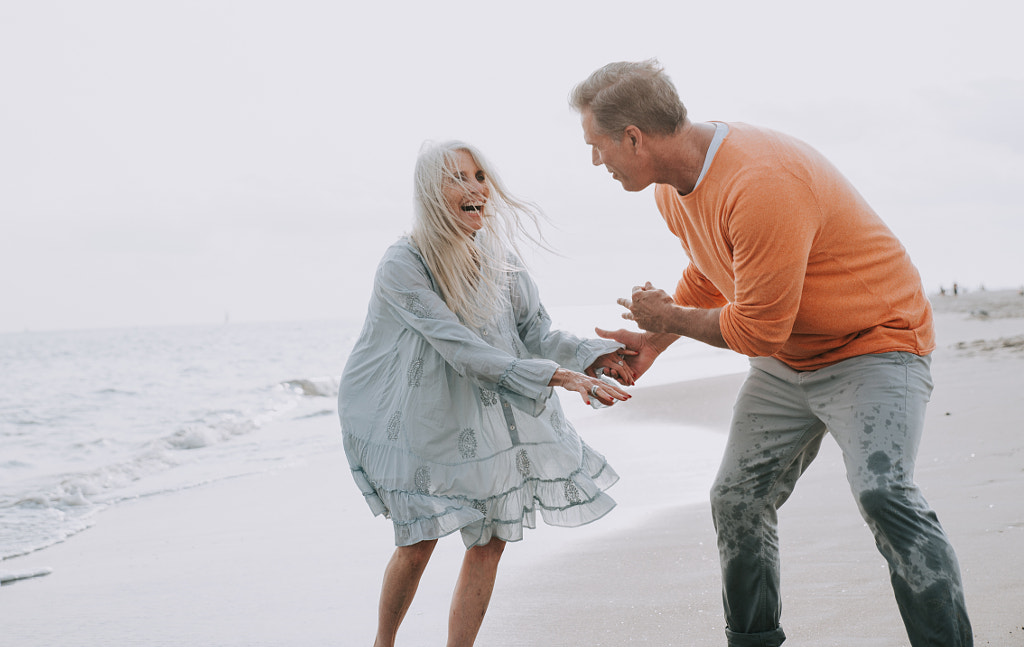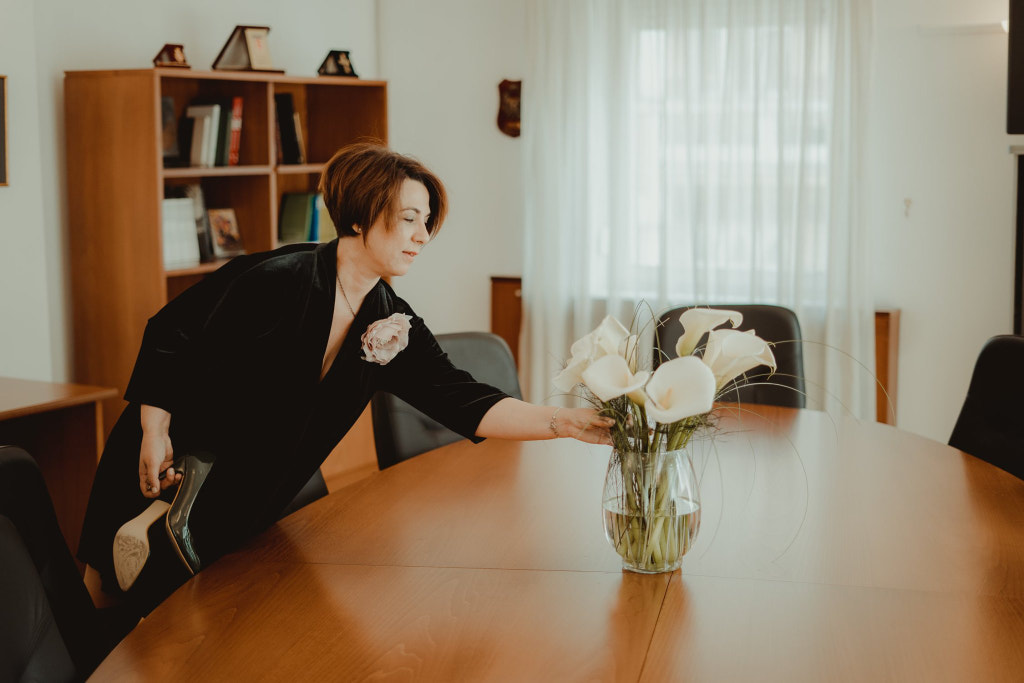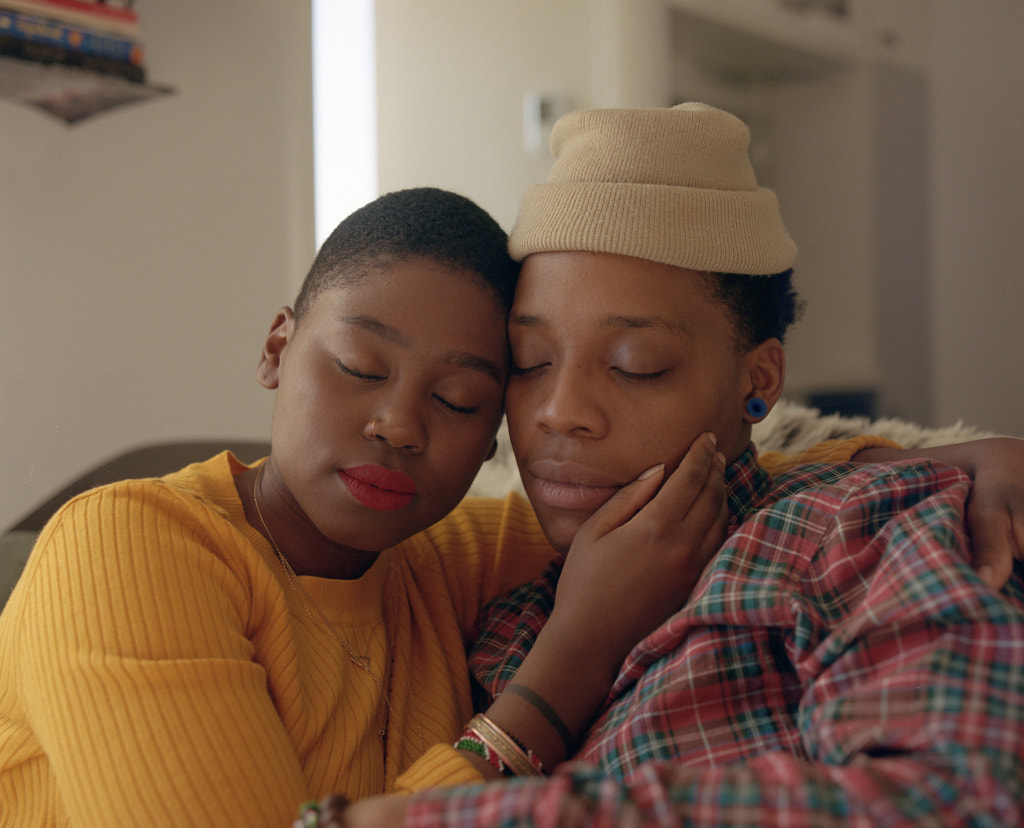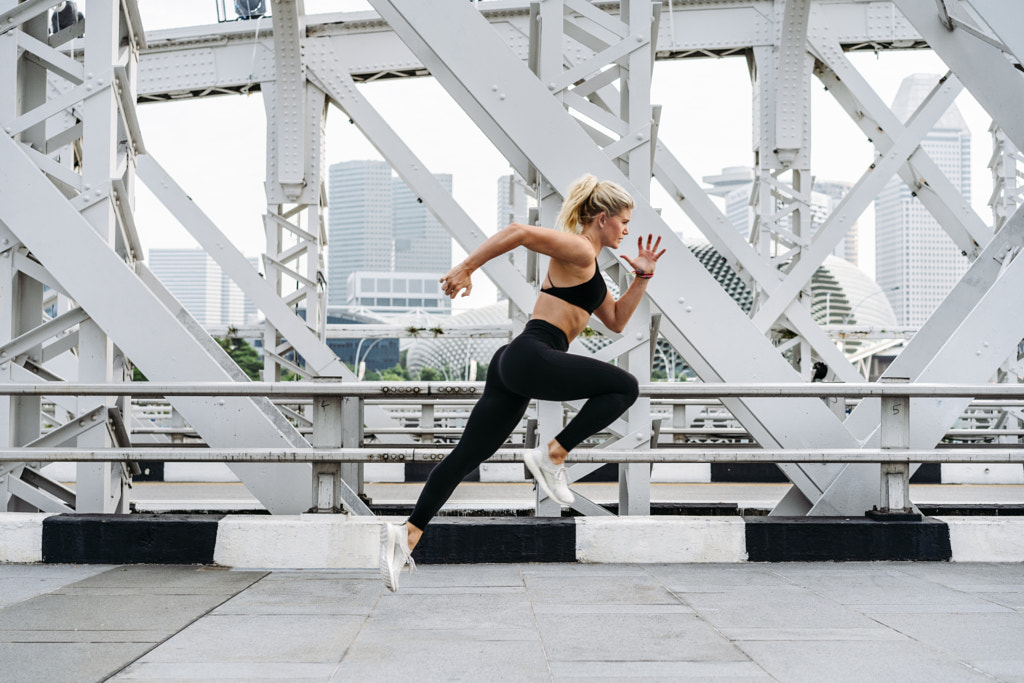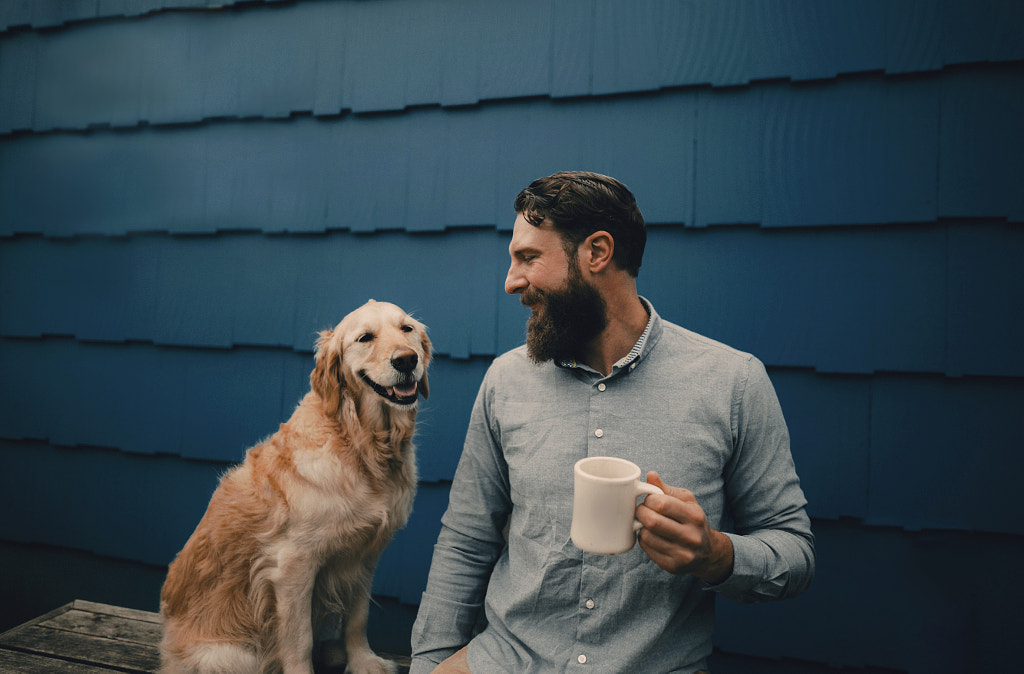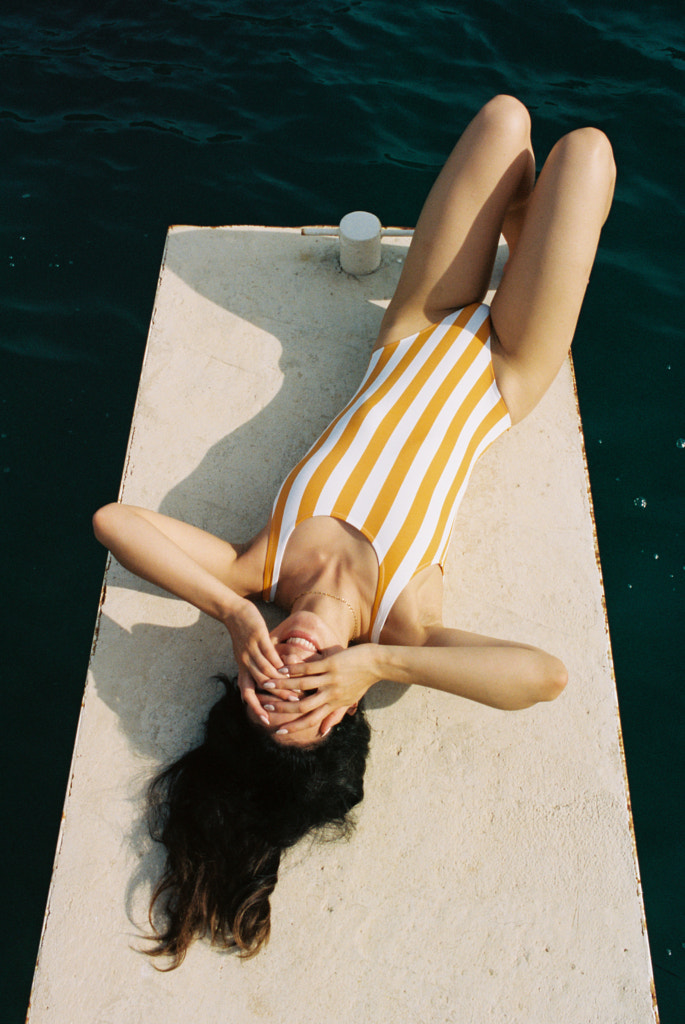In the last year, we’ve seen several fashion trends take over the world of commercial photography—from bold colors and minimalist styling to classic poses and monochrome color palettes. Whether working with a team or on their own, photographers have found fresh and creative ways to make marketable photos on a budget; in the process, they’ve adapted those trends and created new ones.
Styling is an essential skill in any photographer’s toolkit. By anticipating buyers’ needs, you can ensure that your photos are commercially viable and appeal to marketers around the world. Here are our top tips for styling your models and getting the most out of your Licensing portfolio.
Contents
Keep it simple
Before a commercial photoshoot, get in touch with your models and encourage them to dress in plain, simple clothing. Pieces with solid colors and very simple patterns (like stripes) are always good to keep on hand. They look nice on camera, and they are also commercially viable.
Classic, generic outfits can appeal to a wider variety of image-buyers with different needs, so choose clean, versatile items that won’t go out of style—and remind your model to do the same. You can add statement pieces later, but these basic and adaptable clothes can form the foundation for a successful shoot.
Keep patterns to a minimum
Heavy patterns can be distracting and cause distortions and color cast, but there’s another reason you’ll want to avoid them in commercial photoshoots: as per a 2017 Supreme Court case involving cheerleading uniforms, two-dimensional patterns can be copyrighted. Beyond that, patterns and prints can often become associated with a specific brand. For example, Coach and Louis Vuitton both use patterns that are immediately recognizable.
Any distinctive pattern could be the intellectual property of the designer or artist who created it, so unless you get a signed property release, it won’t work for commercial Licensing. Camouflage is a tricky area. There is copyright, as well as a trademark associated with different patterns. Any image of camouflage that is photo-based will be rejected. Even patterns and prints that are evocative of designer work can land you in hot water; just a few months ago, Versace filed a complaint after another brand allegedly knocked off its “Jungle Pattern,” “Barocco – 57” and “Pop Hearts” designs.
Get rid of logos
Logos are no-gos for the same reason prints and patterns are. Even a small Nike or Adidas logo on a pair of shorts will result in your photos being rejected for commercial Licensing. You can always edit these logos out in post-processing, but it’s best to save yourself the hassle by choosing “staples” without branded elements.
A word of caution: sometimes, even a signature color scheme or unique cut can give away the brand behind the garment, even if the logo itself isn’t visible. “Watch for subtle details that can help identify the clothing item to a brand,” the Content Team warns. “Levi’s jeans, for example, have an iconic red tag. Their pocket pattern is also trademarked and would need to be removed. Gucci has a red and green stripe.”
Also, like logos, certain images on clothing can present trademark issues, especially in the case of graphic tees. Cartoon characters and unique designs, or typography could be protected by copyright, so it’s best to steer clear.
Develop a concept
Commercial photos need to communicate an idea or tell a story simply and effectively, and clothing is a great way to do that. Good styling is cohesive, so take into account the idea and the location when curating a wardrobe for a particular shoot. For example, a photoshoot in an office would require formal business attire, while a photoshoot at the track would warrant workout clothing.
While brainstorming, look at how other photographers and Licensing Contributors on 500px have styled shoots with a similar concept. The more inspiration and visual resources you can gather, the easier it will be to pinpoint exactly what you want and how you want to use it.
Communicate clearly
Your models’ or clients’ personal wardrobe can serve as a valuable resource, as long as you communicate with them before the shoot. Ask for photos of some of their favorite pieces, and send through your own suggestions. It’s okay to send them a style guide with some basic dos and don’ts.
Listen to their input, and then work with them on finessing their final selections to suit your needs. You should have a clear idea of what everyone will wear well before the day of the shoot, although you can always play around on set with new ideas.
A basic understanding of color theory works well here, and you can use the color wheel to select hues that work well together. If you can’t arrange a fitting with your model, at least lay out the items side-by-side so you can see them all in one place. A virtual “try-on” app or an interactive styling tool like Style & Select can also come in handy.
Mix it up
Commercially viable photos have tons of different uses and applications, so variety is the name of the game. Remember to invite your models to bring additional wardrobe pieces if they can, even if it’s just a spare shirt or a sweater or jacket for layering.
You can even use the time to tackle a few different concepts with the same model, if the location is versatile enough. Brands will often download numerous photos from the same set when designing their campaigns, so give them lots of options. Try different color combinations and different props to see what works.
Mind the details
Part of keeping your styling cohesive includes checking in with your model about hair and makeup—whether you’re working with a professional stylist or not. The model’s hairstyle, makeup, and even manicure should fit the theme and idea of your photoshoot. To start, keep everything clean, simple, and understated. You can always add accessories and accents as the shoot progresses.
Of course, check for any stray threads or spots on clothing before you start shooting. These can be difficult to edit out in post, so save yourself the hassle by giving everything the once-over. If the fit isn’t perfect, remember to clip or pin the clothes so they look great on camera.
Track new trends…
Commercial photography evolves quickly, so it’s important to stay up-to-date on what buyers want. Browse magazines and fashion blogs. Study advertisements to see how brands are styling their models, and incorporate some of the elements you notice into your shoots. Vogue lists tailored suits, trench coats, denim, and white dresses among their trends for this year, while Harper’s Bazaar forecasts crochet pieces, vests, and tiered dresses.
Over on Getty Images, the color yellow is having a moment in business and lifestyle photos, and the 500px Content Team has noticed a spike in interest in blue tones. These are all trends to tap into in your commercial work.
…But keep it timeless
Fashion trends are crucial, but when it comes to styling, they’re best used in moderation. While color trends are likely to stick around for some time, other fashion statements come and go with the season.
When developing your Licensing portfolio, you want to create images that will sell for years, not just for a few months, so focus on classic pieces with longevity. Experiment and get creative, but keep your styling subtle and simple so your photos have a long shelf life.
Not on 500px yet? Sign up here to explore more impactful photography.

